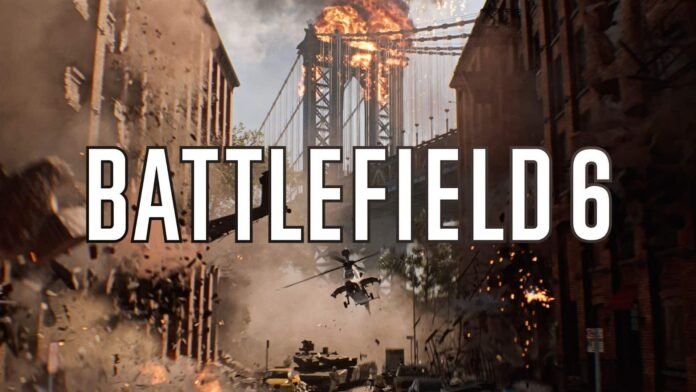As the second weekend of the Battlefield 6 open beta kicks off, many players are noticing performance issues. While some maps run smoothly, others show clear signs of stuttering and inconsistent frame pacing. To get accurate data, we tested every map in Conquest mode to assess Battlefield 6 map performance in real-world gameplay.
Instead of relying on static benchmarks, we played each match naturally. That included reviving teammates, capturing flags, firing rockets, and swapping classes. Each test lasted around 20 minutes to reflect a full Conquest match. We used NVIDIA’s FrameView tool to track frame data. The entire test ran at 4K resolution on ultra settings.
The test rig featured top-tier hardware: an NVIDIA RTX 5080 GPU, Ryzen 9800X3D CPU, 32GB of DDR5 RAM, and an SN8100 SSD. Everything ran on an MSI MPG X870E motherboard. With this hardware, any performance dips would clearly point to software optimization, not hardware limitations.
Before testing, we predicted smaller maps with fewer vehicles would perform better. Less destruction and action should reduce GPU load. Based on that logic, we expected Empire State to top the list, followed by Iberian Offensive, Siege of Cairo, and Liberation Peak.However, real results told a different story about Battlefield 6 map performance.
Liberation Peak surprisingly delivered the smoothest experience. Despite being the largest map with the most vehicles, it had stable frame pacing and high FPS. Siege of Cairo came second, although it had occasional harsh stutters. Iberian Offensive and Empire State followed, showing weaker lows and more frequent frame drops.
Across all maps, average FPS stayed within a 10-frame margin. However, the 1% and 0.1% lows revealed the real differences. Maps with more stutters had poorer gameplay experiences, even if average FPS remained solid.
These findings prove that Battlefield 6 map performance isn’t equal across the board. The developers have done a commendable job, especially for a beta. Still, there’s work to be done. The team has time to polish the weaker maps before launch.
For more tech updates, visit DC Brief.


